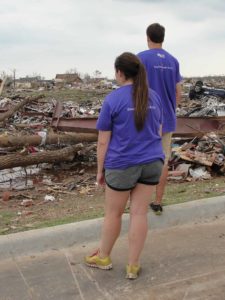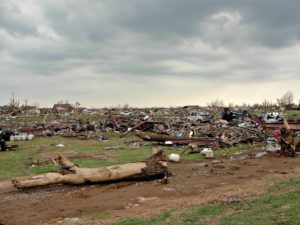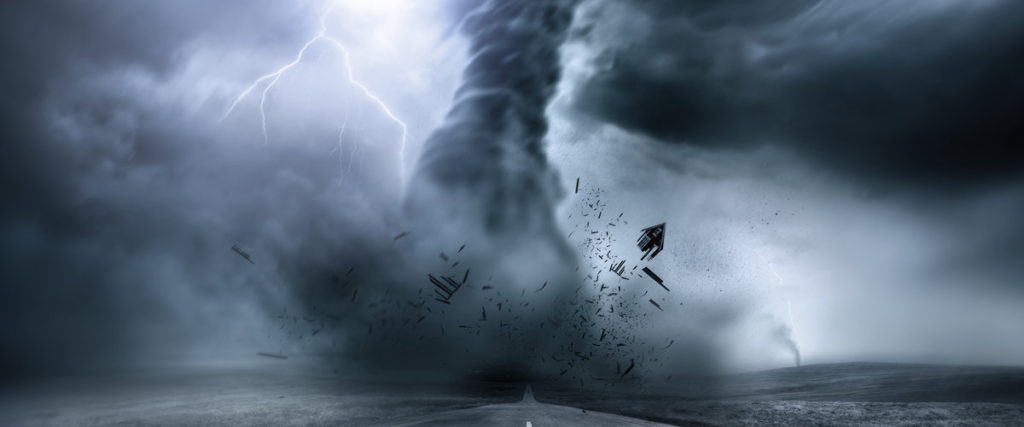
In Oklahoma, it’s common to hear the tornado siren, go outside and sit on the porch and look for a funnel. As Tulsans, we get it. We have done the same. It’s such a common occurrence, we have become immune to the power and destruction these winds can create. But after seeing a disaster up close like Moore or Joplin, we want to remind our friends and neighbors to take the thunderstorms seriously.
The National Weather Service offers these good safety tips on their website:
Tornadoes
A tornado is a violently rotating column of air extending from the base of a thunderstorm down to the ground. Tornadoes are capable of completely destroying well-made structures, uprooting trees and hurling objects through the air like deadly missiles. Tornadoes can occur at any time of day or night and at any time of the year. Although tornadoes are most common in the Central Plains and southeastern United States, they have been reported in all 50 states. This website is designed to teach you how to stay safe in a tornado. If you know what to do before, during, and after a tornado you can increase your chances of survival. You’ll also find links to research, past events and other topics of interest. Download the free Thunderstorms, Lightning and Tornado booklet for more information. If you, or someone you know, have been a victim of a tornado or severe thunbderstorm, please share your story so we can prevent others from becoming a victim. When you write, please note that NWS has permission to use your story and, if possible, let us know the town and state you were in and the year the event took place. Read stories of real survivors.
Severe Thunderstorms
A thunderstorm is considered severe if it produces hail at least 1 inch in diameter or has wind gusts of at least 58 miles per hour. Every thunderstorm produces lightning, which kills more people some years than tornadoes or hurricanes. Heavy rain from thunderstorms can cause flash flooding. High winds can damage homes and blow down trees and utility poles, causing widespread power outages. Every year people are killed or seriously injured because they didn’t hear or ignored severe thunderstorms warnings. The information in this section, combined with timely watches and warnings about severe weather, could save your life.
- Listen to local news or NOAA Weather Radio for emergency updates. Watch for signs of a storm, like darkening skies, lightning flashes or increasing wind.
- If you can hear thunder, you are close enough to be in danger from lightning. If thunder roars, go indoors! Don’t wait for rain. Lightning can strike out of a clear blue sky. Learn more about lightning safety.
- Avoid electrical equipment and corded telephones. Cordless phones, cell phones and other wireless handheld devices are safe to use.
- Keep away from windows.
- If you are driving, try to safely exit the roadway and park. Stay in the vehicle and turn on the emergency flashers until the heavy rain ends.
- If you are outside and cannot reach a safe building, avoid high ground; water; tall, isolated trees; and metal objects such as fences or bleachers. Picnic shelters, dugouts and sheds are NOT safe.

Lightning and Flood Threats
While much of the focus during severe weather is on tornadoes, wind and hail, there are actually more deaths caused each year by flooding and lightning, which are also commonly associated with severe weather. If you hear thunder or see lightning, head inside immediately! When Thunder Roars Go Indoors! Heavy rainfall from thunderstorms can quickly cause rivers and streams to overrun their banks and cause street flooding in cities. Remember, if you encounter a flooded roadway, do NOT drive or walk into it. Turn Around, Don’t Drown! Visit weather.gov/lightningsafety and weather.gov/floodsafety for more safety tips and information.

